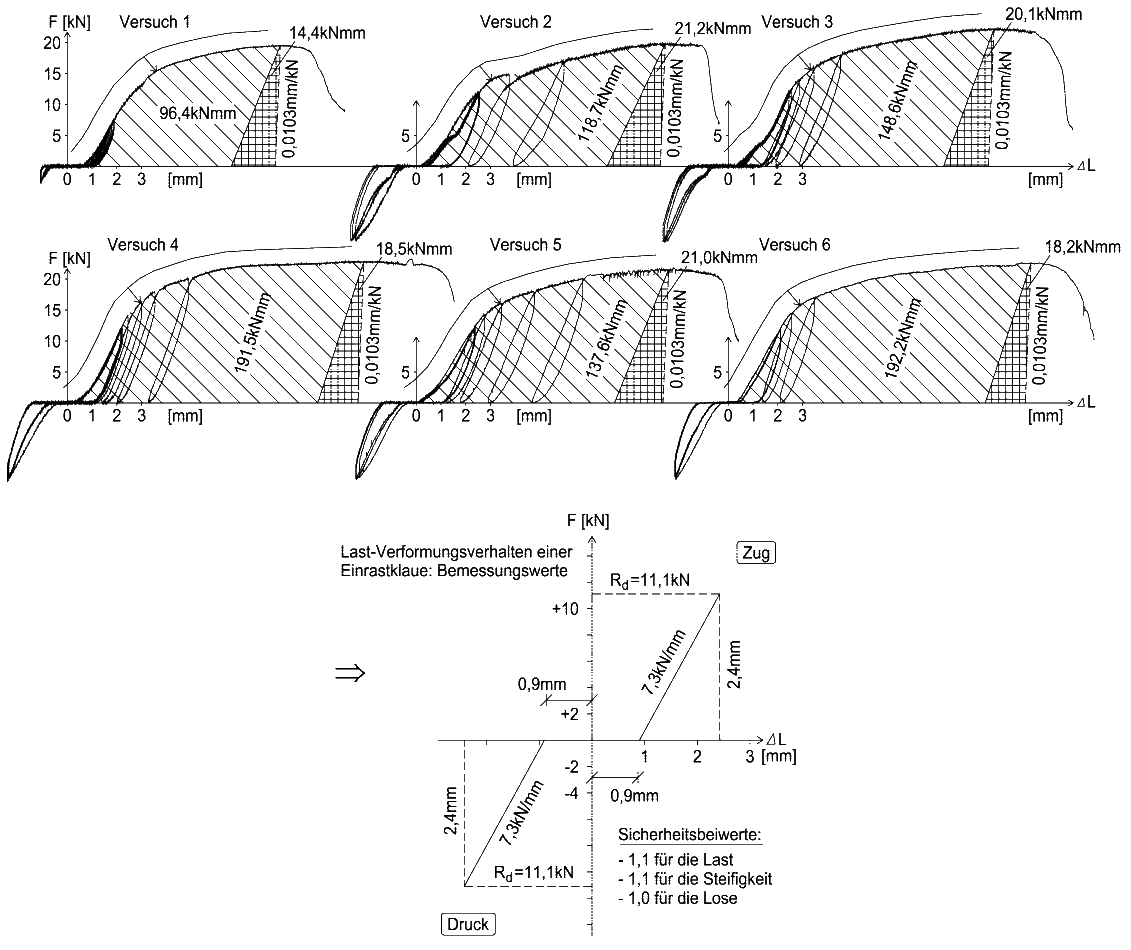






 |
Home / IS-Bauen / Projects / Scaffolds / Facade |
For the building authority approval, a scaffolding system with at least 5 fields and 12 floors with various configurations (consoles, bridging ledgers, passage frames, external stairs, protective wall and roof, ...), temporary conditions (e.g. unanchored top level) under differing load situations (loaded levels, solidity ratio of the facade, ...) and imperfections must be investigated.
It is obvious that the large number of variants makes it difficult to create, calculate and evaluate each single situation due to the increasing risk of receiving faulty results.
The stiffness and load capacity of components in a scaffold often can be determined by testing only. The results often are nonlinear with an initial gap (platform units, diagonals, ...) and depend on the load-direction (contact, sliding,...). Because of the large number of nonlinearities in a scaffold-system and additional stability problems (effects of Th.II.O.), the requirements for the fe-calculation are ambitious.
Planning, monitoring and evaluation of tests to determine the non-linear stiffness and load-capacity of scaffolding components. The tests are usually carried out by an approved PÜZ-Site (Site for testing, controlling and certification) and coordinated with an independent proofing engineer.
Verifications for all required configurations of a scaffolding system according to the approval guidelines. The complete system can be idealized in 3d considering all of its nonlinearities (contact, friction, nonlinear springs,...). Using special boundary conditions it is also possible to simulate a 2d-calculation to meet additional demands of the guidelines.
All configurations of a scaffold calculation (with / without bridging ledgers, passage frames, consoles, stairs, clothing, ...) can be generated, calculated and evaluated by setting appropriate parameters in a single input file (programmed in C #). During evaluation all verifications are led, summarized and the utilization of the system can be optimized. The results are automatically prepared to be used with a spreadsheet-program minimizing the risk of faulty data interpretation.
 |
Testing |